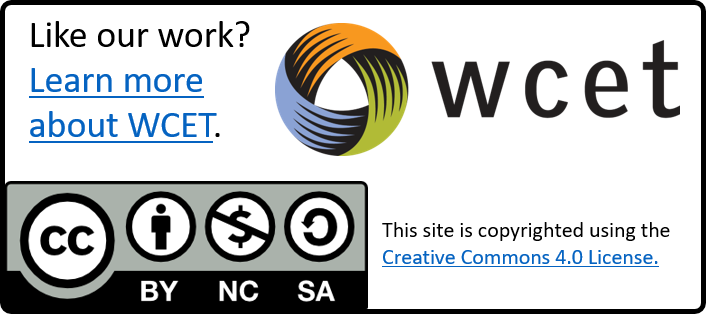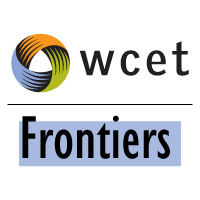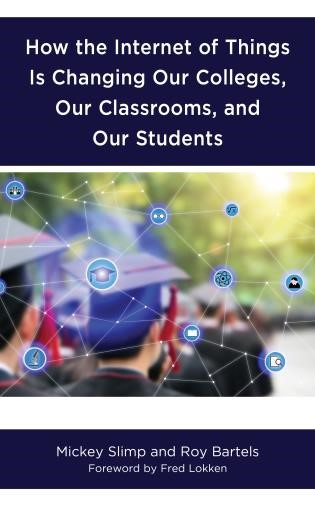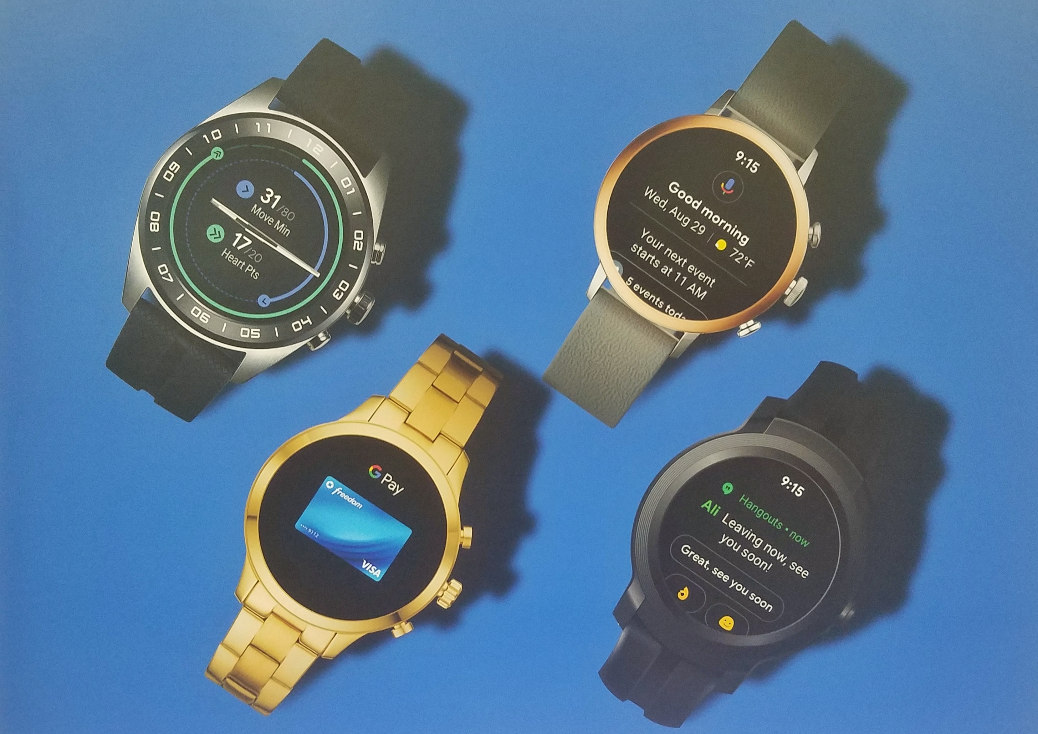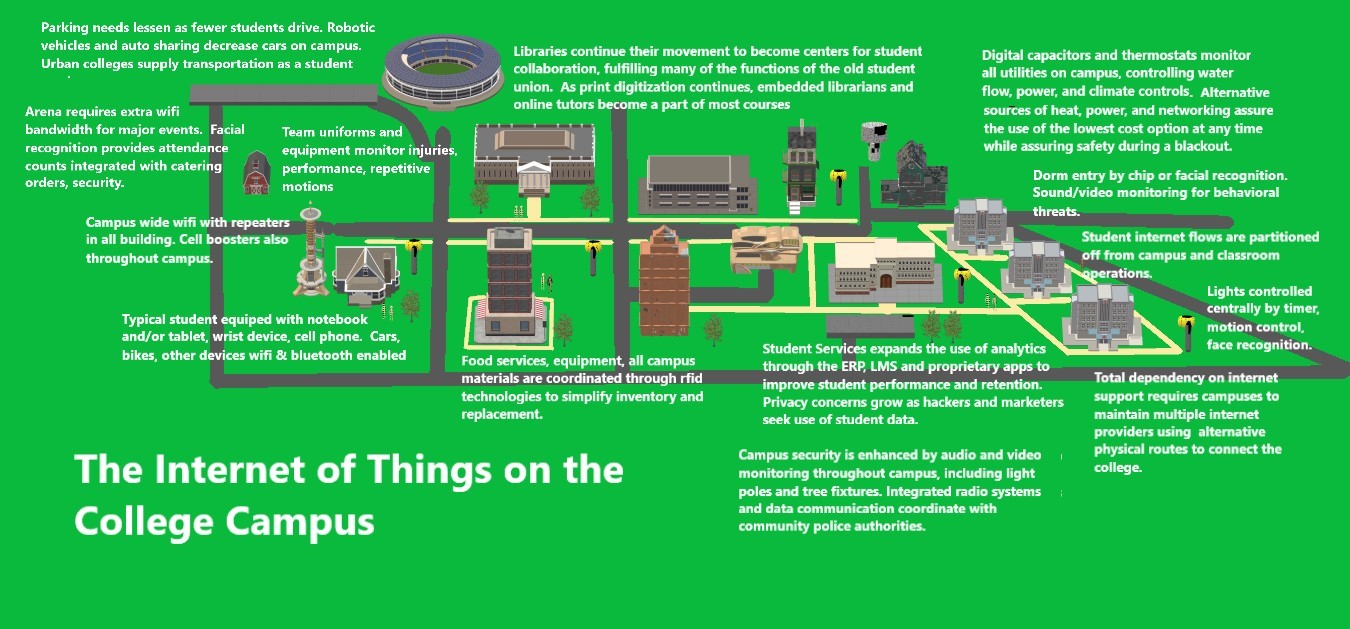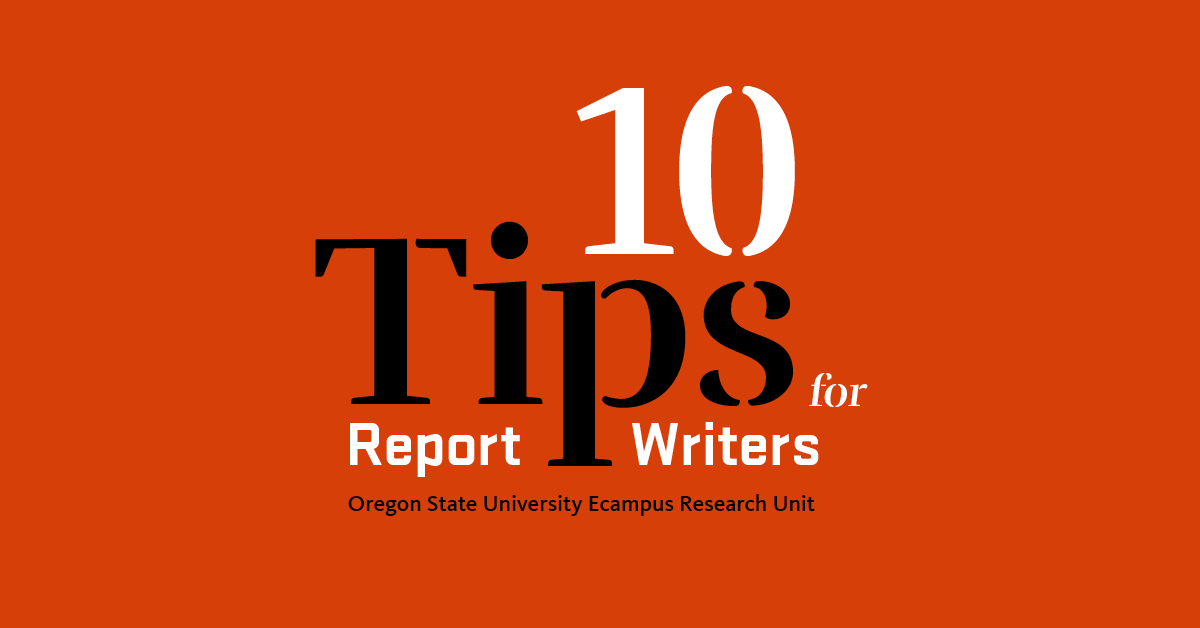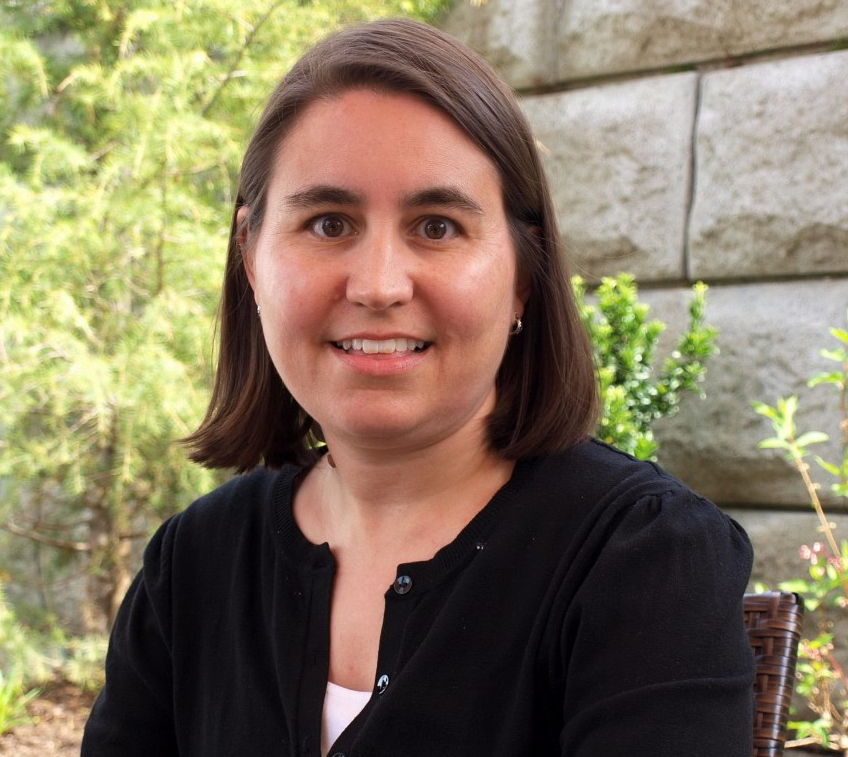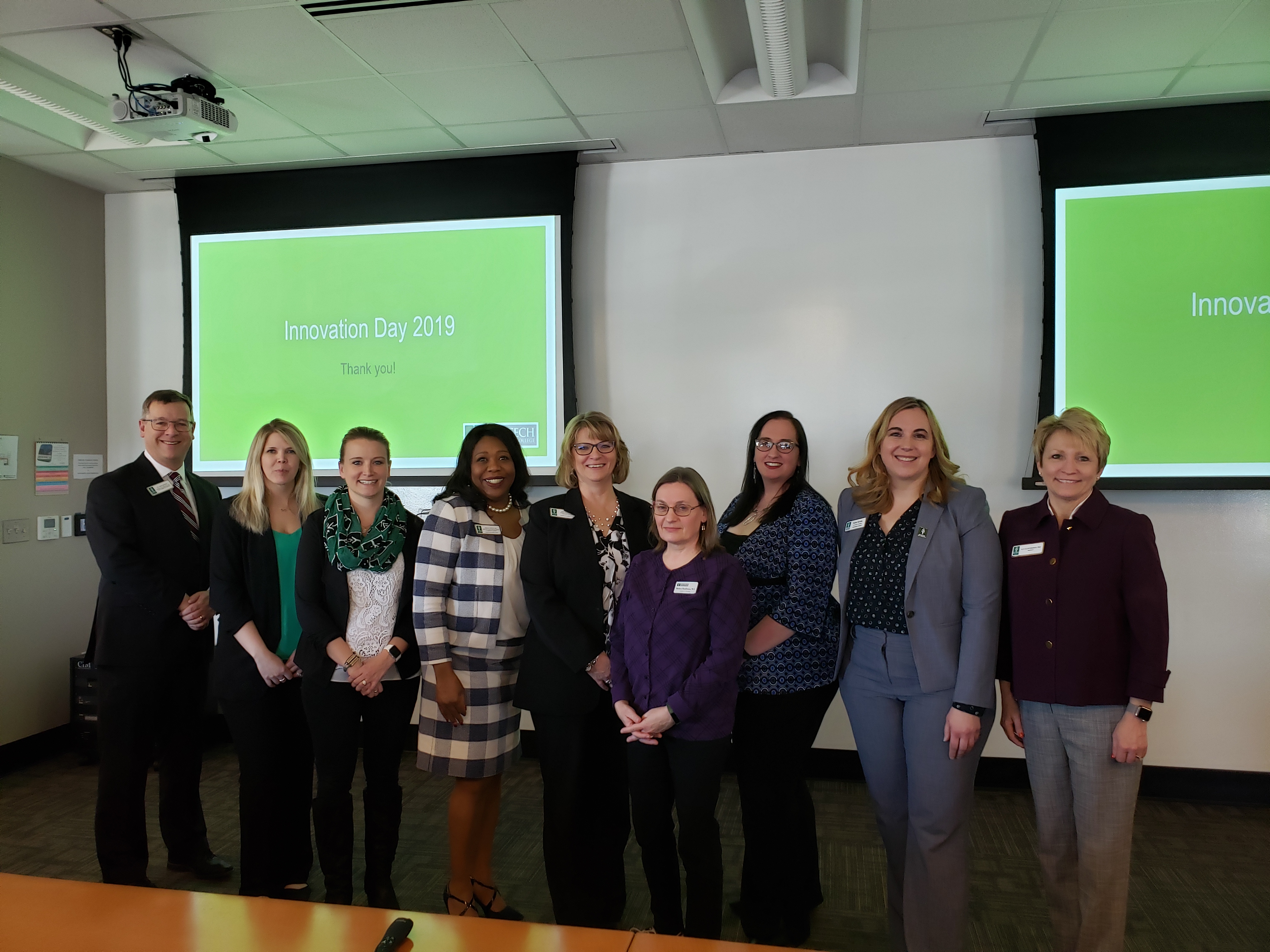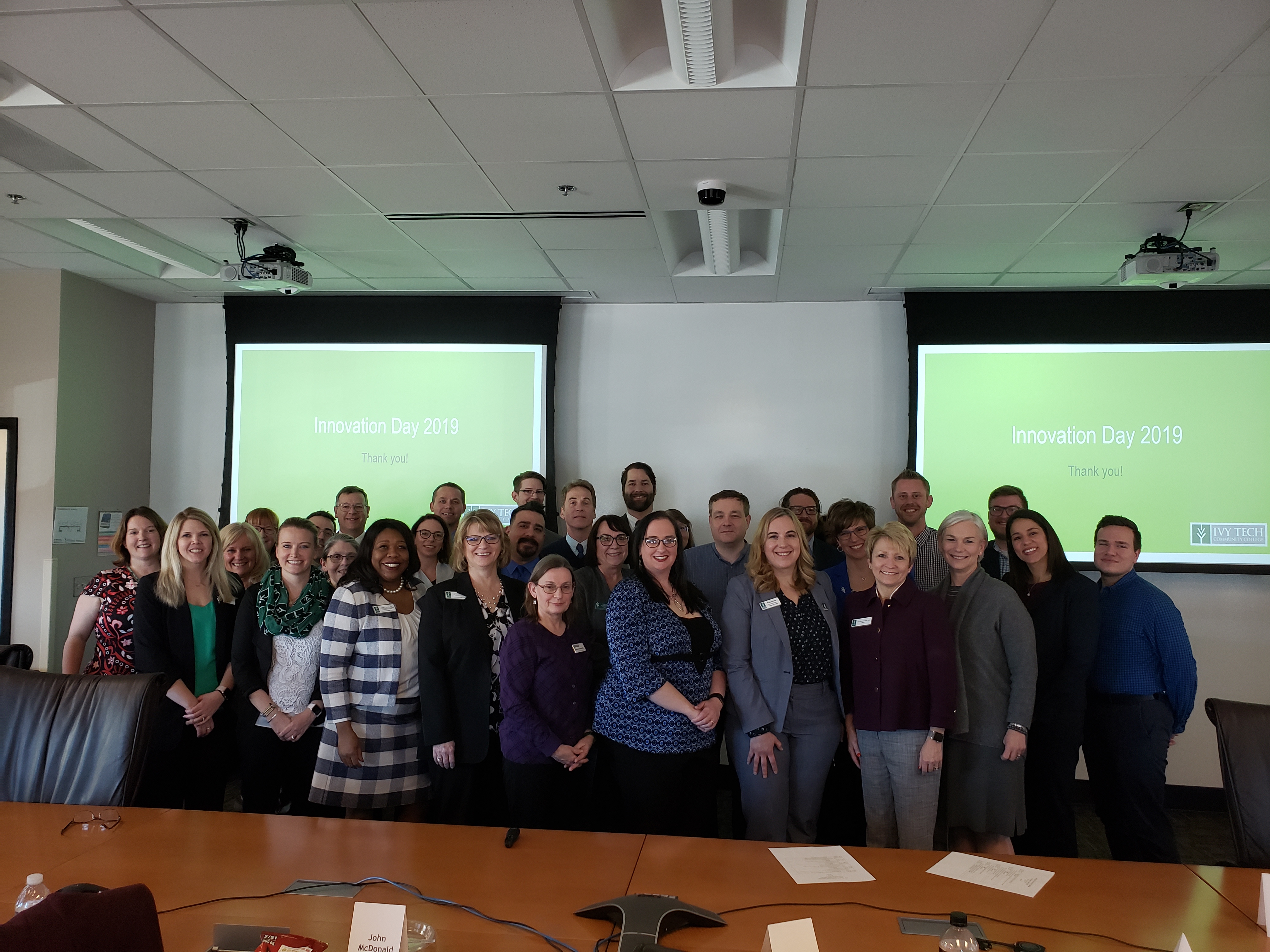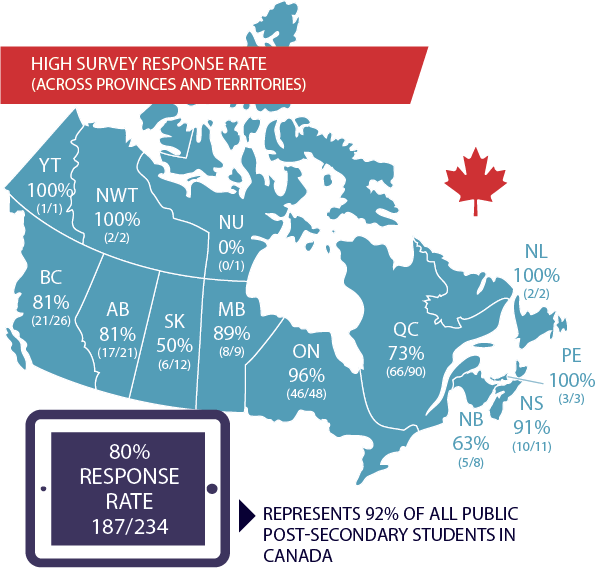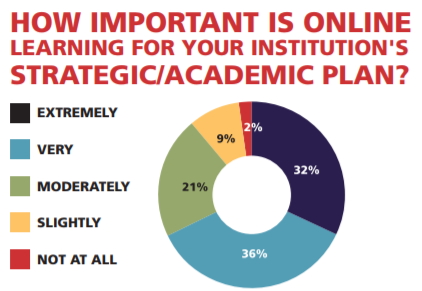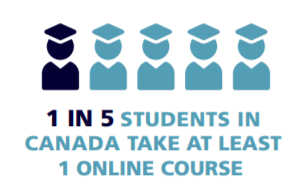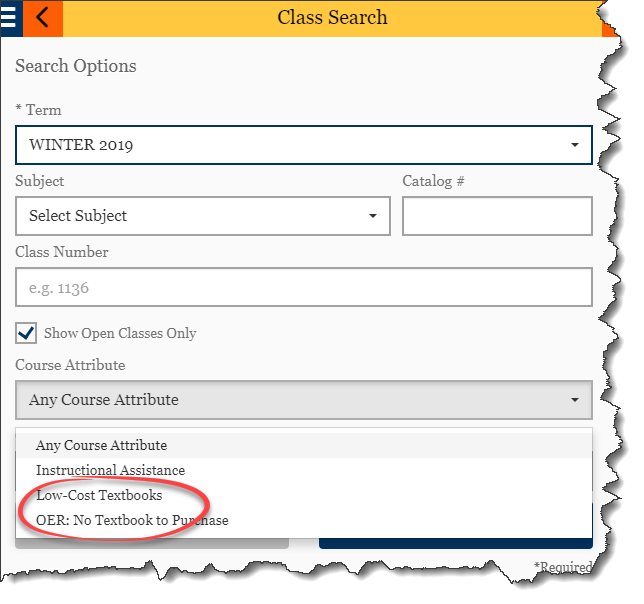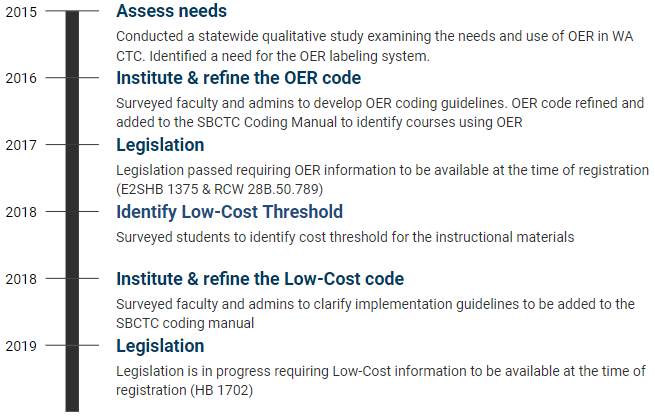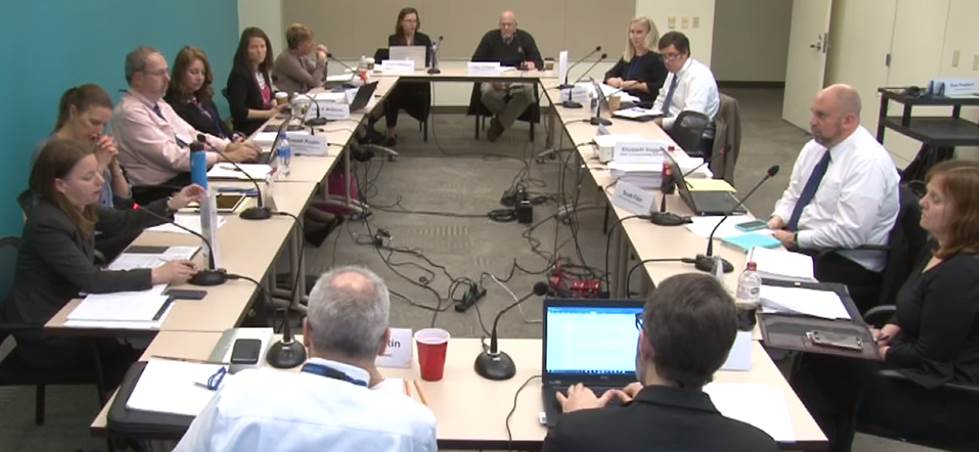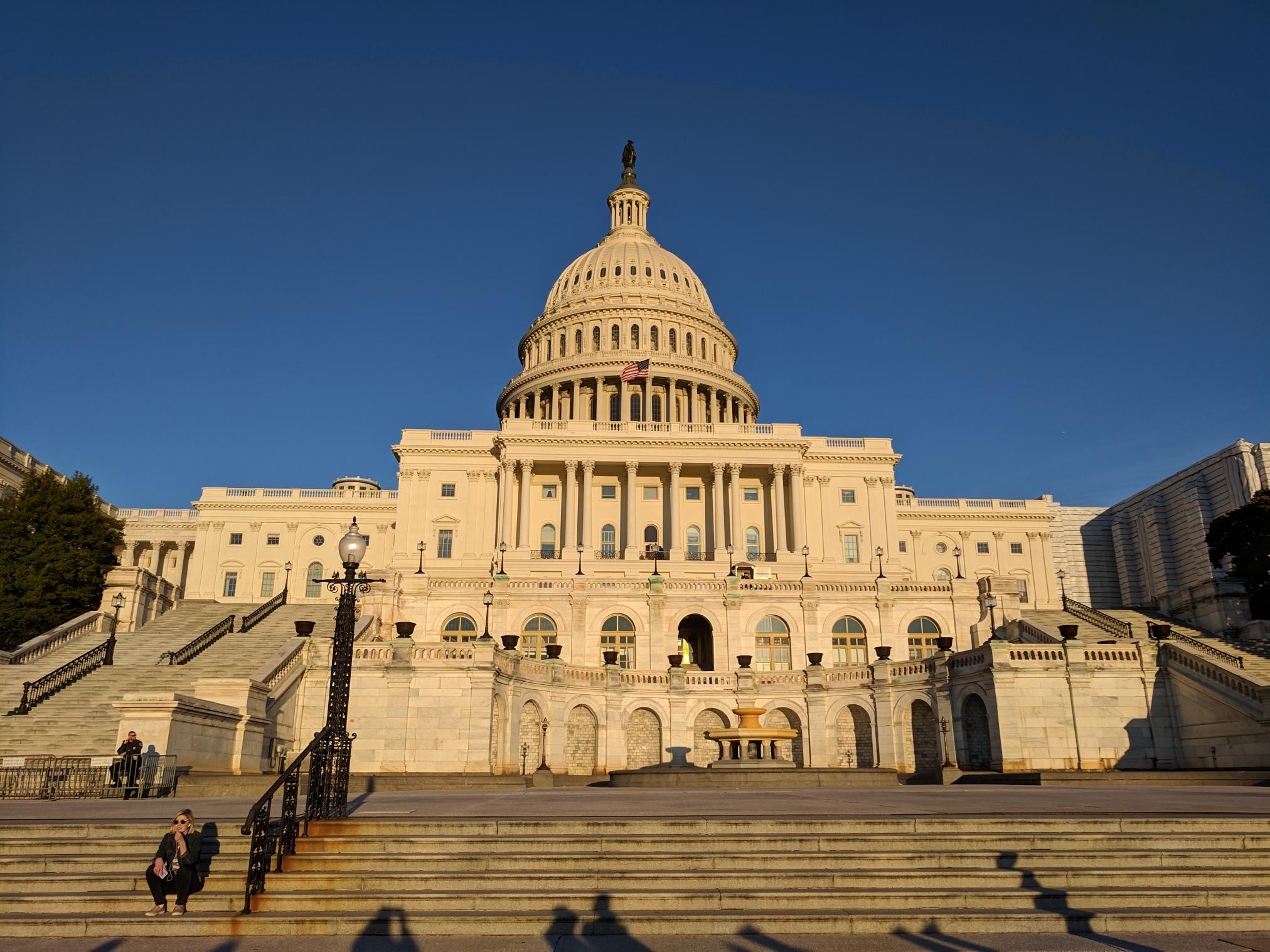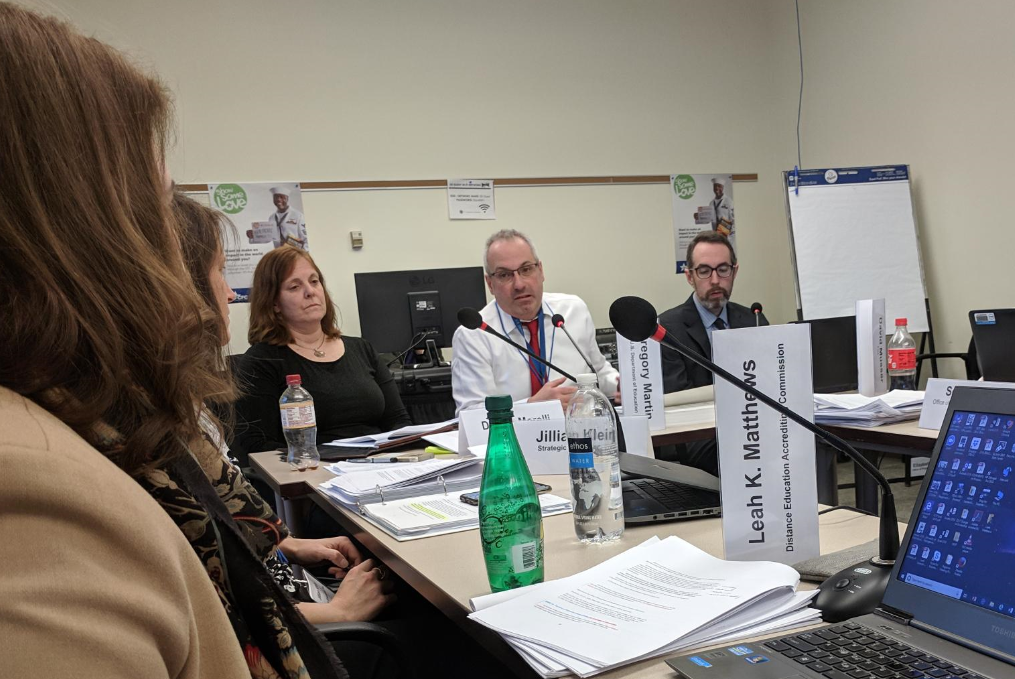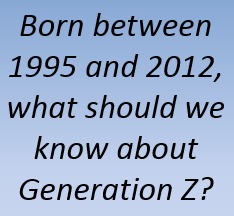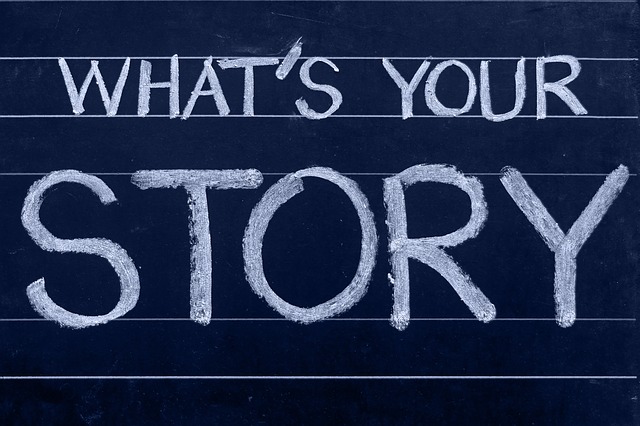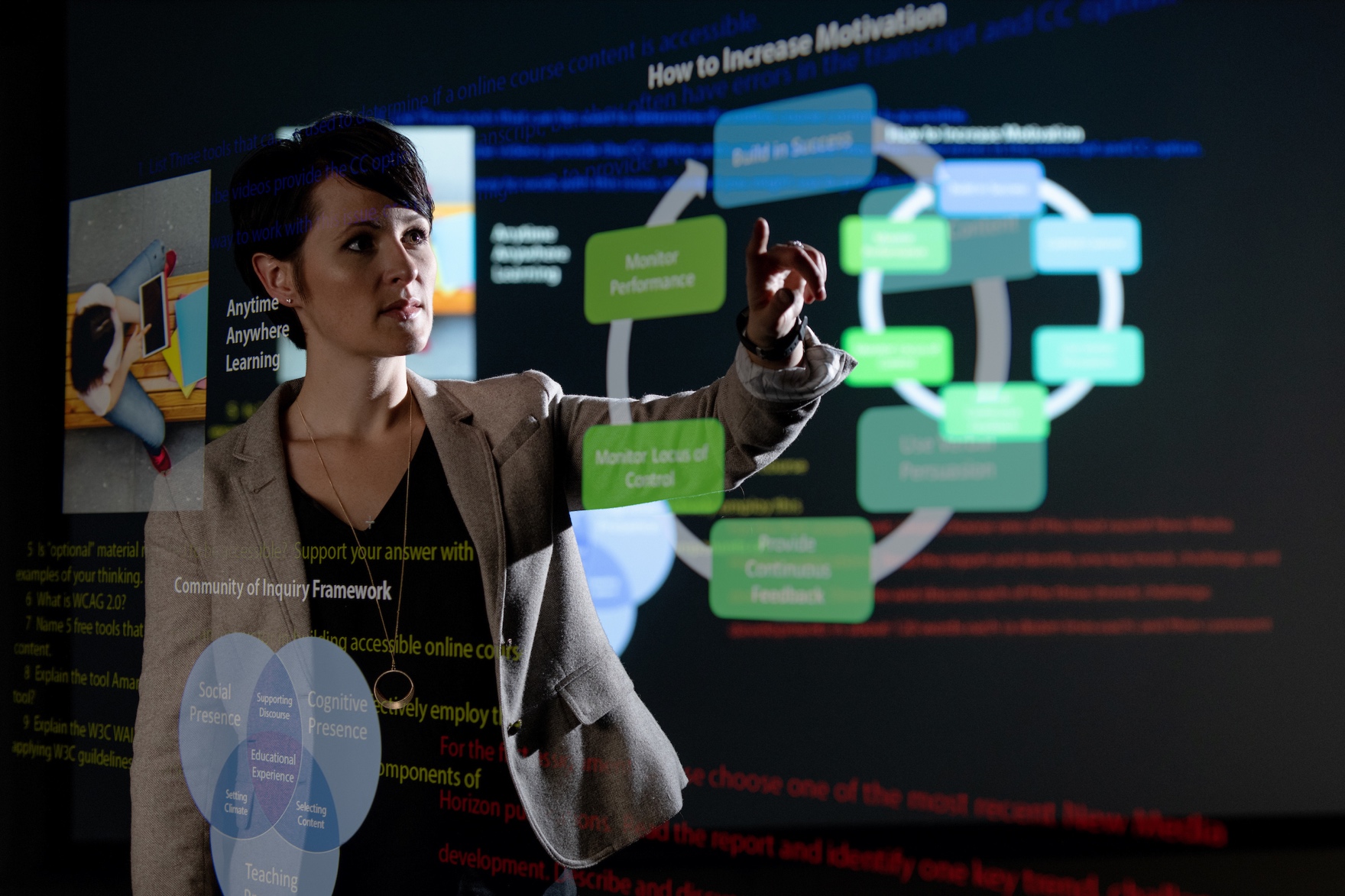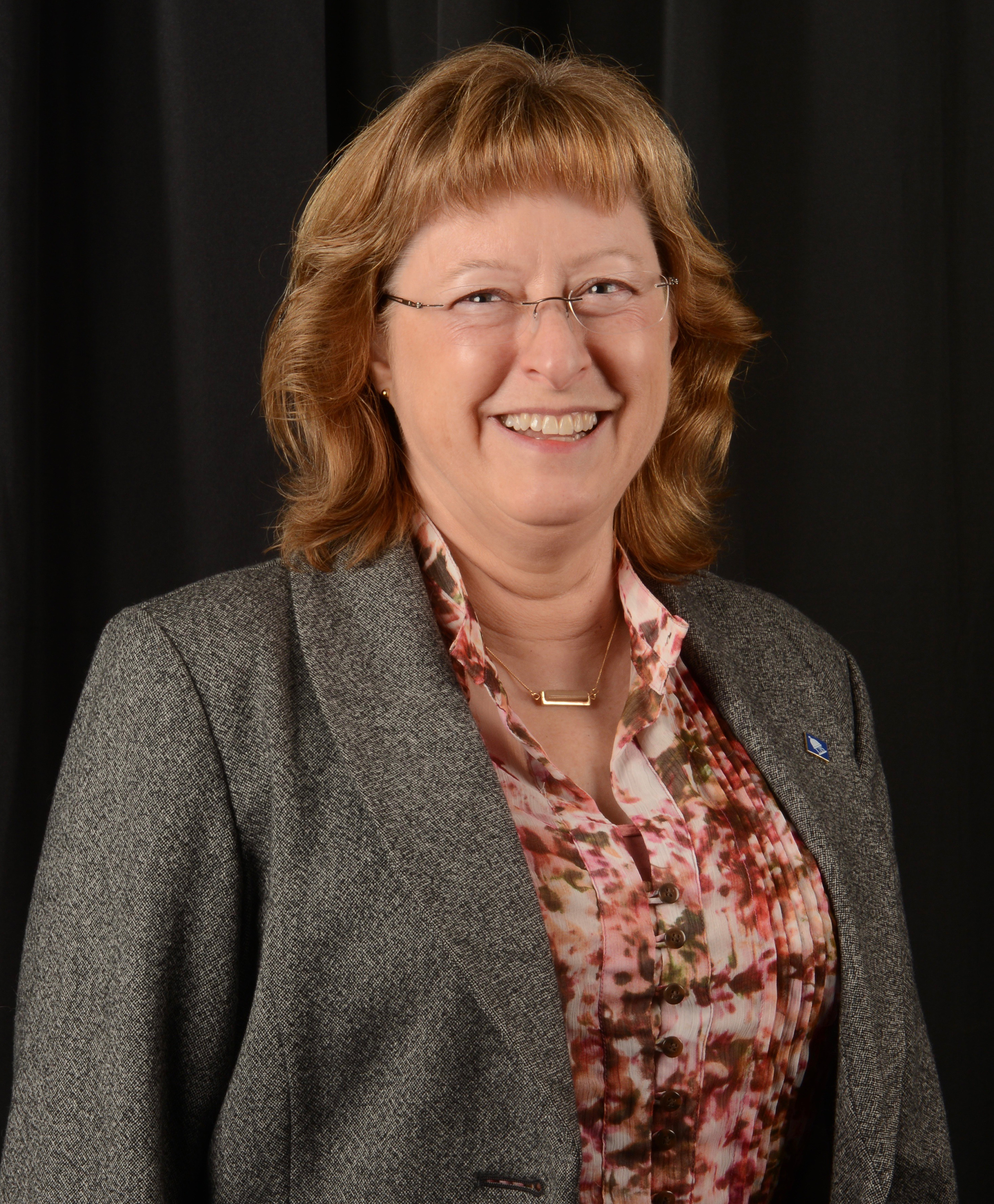In this first of several blogs dedicated to sharing the meaningful outcomes of the three-month negotiated rulemaking sessions, Cheryl Dowd and Russ Poulin announce some exciting news and provide an overall assessment of the process and results from these important sessions. Enjoy!
–Erin Walton, contract editor for WCET
Consensus was a surprise! That is right, the Department of Education 2019 Negotiated Rulemaking on Accreditation and Innovation ended in consensus, which means that every negotiator agreed on every issue.

When the rulemaking plan was first announced in August 2018, we reported that the proposed plan would include a wide-ranging set of issues. Concerns were raised that there were too many important issues for one rulemaking. We were as surprised as everyone else that 100% agreement by the negotiators was achieved in this rulemaking process. If they had not reached “consensus,” the Department would have been free to write the rules on these issues. The regulations agreed upon by the negotiators will be the proposed regulations offered to the public in the upcoming months.
This is the first of several posts focused on the outcomes of the three-month negotiated rulemaking sessions. Today we will start with an overall assessment of the process and results of the negotiated rulemaking session. We will then continue with posts on specific issues of interest to WCET members, State Authorization Network (SAN) members, and the technology-enhanced education community, at large.
PROCESS
To manage this long list of issues, the Department became creative in its development of an unprecedented rulemaking management plan that included three new elements.
Subcommittees.
First, the Department divided the issues into three subcommittees to research, discuss, and advise the main negotiated rulemaking committee. These subcommittees included: Distance Learning and Educational Innovation, TEACH Grants, and Faith-Based entities. Each month, the subcommittees met to discuss and find common ground on the issues. The findings and concerns were then reported to the main committee.
Department Proposed Specific Language Earlier in the Process
Second, the Department presented regulatory language at the start of the session in January to jump start the rulemaking. Historically, the initial session was reserved for negotiators to brainstorm on the issues. The Department made it clear during the Distance Learning and Educational Innovation Subcommittee that the Department was open minded to discussion and changes to the Department’s initial proposed language.
Divided the Issue into Smaller “Buckets”
The third new element to the rulemaking management plan was the division of issues for the purpose of voting. You might think that the intentional division of issues to the subcommittees would be the same division of issues for the purpose of voting. Well, you would be wrong! The Department developed categories of issues which the Department referred to as “buckets.” The intention was to offer similar issues together for purposes of voting. This division was proposed in anticipation that the committee might be able to agree to some subset of issues, but not all the issues. Thus, the Department created the following three buckets:
Bucket 1: Accreditation, Definition of a Credit Hour, and Byrd Scholarship
- 34 CFR 600: General; Maintaining Eligibility; and Loss of Eligibility.
- 34 CFR 602: Definitions; Criteria for Recognition, The Recognition Process.
- 34 CFR 603.24: Criteria for State Agencies.
Bucket 2: TEACH Grant and Religious Freedom
- 34 CFR 686: General; Application Procedures; Determination of Awards, Administration of Grant Payments; Service and Repayment Obligations.
- 34 CFR 674, 675, 676, 682,685,690 and 694: Eligibility and Deferment Processes.
Bucket 3: Distance Education, State Authorization for Distance Education and Competency
- 34 CFR 600: General (including Definition of state authorization reciprocity agreements and state authorization regulations); Procedures for Establishing Eligibility; Maintaining Eligibility; Eligibility for Foreign Institutions (FFEL Programs).
- 34 CFR 668: General, Standards for Participation in Title IV, Student Eligibility, Institution and Financial Assistance Information for Students, Appeal Procedures for Audit Determinations and Program Review Determinations, Cash Management, Financial Responsibility.
Beating the Consensus Deadline Clock

Due to the number of issues and the inability to use some of the originally planned meeting times because of snow delays and cancellations, the negotiators on the main committee requested additional meeting times. The Department accepted the request and provided an additional three days of meetings at the end of the session. With that in mind, April 3, 2019 at 3pm Eastern Time was the time designated for completion of the negotiations and voting. The final day saw an early start with Bucket 2 reaching consensus before 11am. The negotiators essentially grabbed food to go and worked through lunch and reached consensus on Bucket 3 by 1pm. With only three minutes left on the clock, the negotiators beat the buzzer with consensus on Bucket 1. Therefore, the negotiators reached consensus on all issues presented by the Department.
ISSUES OF NOTE
Last week Russ Poulin shared the following quick highlights of important issues, with WCET members:
Academic Integrity
Academic integrity requires institutions to have processes in place through which the institution establishes that the student who registers in any course offered via distance education or correspondence is the same student who academically engages in the course or program. Removes the section of this rule that referenced log-ins or proctored exams.
Accreditation
There were many changes to accreditation. The Department sought to ease the path to allowing new accrediting agencies to enter the field, but they did not get everything they wanted.
Direct Assessment
Few institutions were involved in this alternative form of disbursing financial aid due to the complexity of the requirements. The process was simplified. Additionally, if an institution has one direct assessment program approved by the Secretary of Education, additional programs at the same credential level do not need to be approved by the Secretary.
Distance Education Notifications
A whole section on notifications for students in distance education programs was removed. However, several of those disclosures (e.g., refund policies, complaint procedures) are already required in another section of existing regulations.
Professional Licensure Disclosures
- This has been expanded to ALL students in professional licensure programs, not just distance students.
- Professional licensure programs will need to generally disclose on a website if they meet a state’s educational requirements, if they do not meet the requirements, or if they have not made a determination for a state.
- Disclosures sent directly to students will be needed if the institution reports that they do not or cannot determine if they meet requirements.
Regular and Substantive Interaction
- Much was done to try to define this under-defined concept and to allow more instructional modes to qualify…
- Instructor – What qualifies as an instructor will be determined by the institution’s accrediting agency.
- Substantive – A list of activities that qualify for substantive interaction includes direct instruction, assessment, feedback on student work or course content, and facilitating group discussions.
- Regular – In addition to the traditional notion of an instructor providing interactions on a set schedule, a second process was added. Instructors may also monitor student progress and provide feedback when needed or when requested by the student.
State Authorization
- Eligibility to disburse federal financial aid is tied to the institution having approval of each state in which it serves students. This can be achieved by getting approval directly from the state or by participation in a reciprocity agreement.
- The definition of reciprocity contains the same problematic language that was released in 2016, but we believe the Department will use the interpretation they gave to us in early 2017 to preserve reciprocity. There are critics who would love to kill reciprocity, and we will need to be vigilant this year. More to come on this topic.
- Determining student location will require that the institutions have a process and act when a student indicates that he or she has relocated to another state.
Written Arrangements
In contracting or partnering with other entities to offer part of a program…
- If you are partnering with another financial aid eligible institution, that institution can now offer more than half of a program.
- Proposals to allow institutions to create written arrangements with non-accredited entities to provide more than 50% of a program were not adopted.
CONCLUSION AND NEXT STEPS
It was widely reported in the media and Twitter that this negotiated rulemaking process was either a “false process” or that concerns of failure to meet consensus would cause more worries, if the Department wrote the rules. Ultimately, the negotiators at the table created a plan with which they believed we can all live.
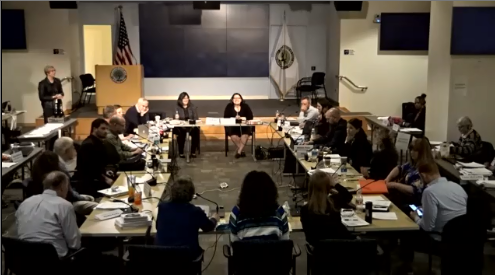
It was enlightening to listen to the Department’s live stream of the subcommittee and the main committee and hear that most discussions were driven by sincere desire to understand and compromise, all with the goal to help students participate in 21st Century higher education. Everyone gave on some issues and everyone won on some issues. That is how negotiations work. And, with the need to have complete agreement (consensus), a minority voice has a large impact on the outcome.
The road to effective final regulations is not complete. You can anticipate the following:
- The Department’s release of Proposed Regulations in the next several months.
- Public comment opportunity to provide feedback upon release of the Proposed Regulations.
- Department review of the feedback on the regulations.
- A release of Final Regulations by November 1, 2019 will cause a July 1, 2020 effective date for the Final Regulations.
- The Department indicated that the earliest rules will go into effect July 2020, but the implementation process could go into 2021.
Meanwhile… we will also continue to watch Congress, as it is widely reported that there is bipartisan intention to complete the long-awaited reauthorization of The Higher Education Act (HEA). A newly reauthorized Federal law could have an impact on the implementation of regulations.
There are many steps along this road to implementation of regulations, so you can expect us to provide deeper analysis of some of the issues mentioned here, along with status updates on the progress of the regulations and any movement on HEA Reauthorization.

Cheryl Dowd
Director, State Authorization Network
WCET – the WICHE Cooperative for Educational Technologies
cdowd@wiche.edu

Russ Poulin
Senior Director – Policy, Analysis, and Strategic Alliances
WCET – the WICHE Cooperative for Educational Technologies
rpoulin@wiche.edu
